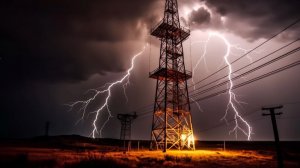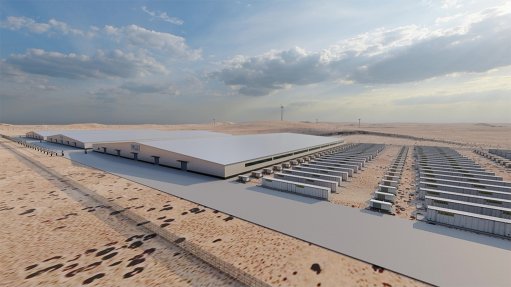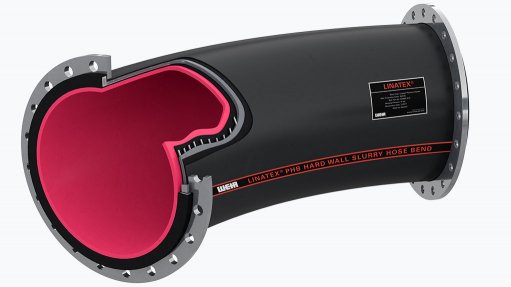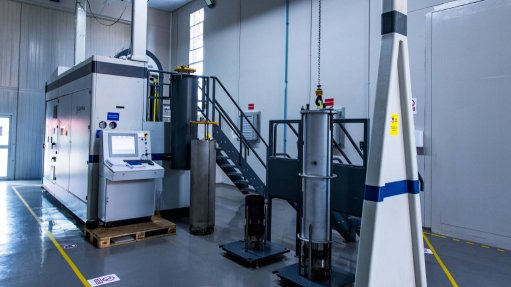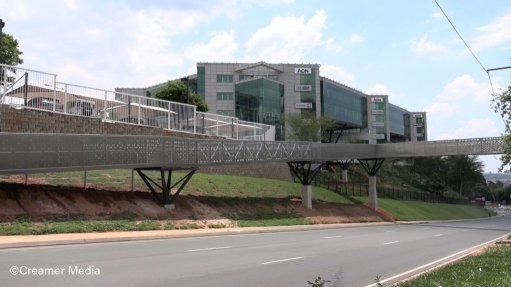Let’s take the ‘ge-volt’ out of power surges – part two
This article has been supplied.
By: Kenneth Lourens
(Consort) Insurance considerations and risk mitigation of power surges
Increasing insurance claims
With the rise in load-shedding and electricity disruptions, Insurers have experienced a ‘surge’ in claims related to damaged electronics and other related electrical appliances and/or equipment.
Policy adjustments
Many Insurers are reviewing policies to address the growing risk of power surges. Some have removed power surge coverage from general accidental damage policies, offering it as an add-on instead.
Exclusions and deductibles
Certain insurers have introduced clauses that exclude coverage for damage caused by power surges following outages of more than 12 consecutive hours of grid failures. Notwithstanding the latter, some insurers have increased their deductible structures where such losses are indemnified in terms of the policy.
Importance of surge protection
To mitigate damage, Insurers recommend the installation of surge protection devices.
Challenges for Insurers
The increasing frequency and severity of power surge claims pose challenges for Insurers, potentially impacting the availability and affordability of insurance coverage.
Focus on risk mitigation
Insurers are focusing on proactive risk mitigation by guiding policyholders in assessing their insurance needs and offering specialised products to protect against power surges.
Long-term impact
The electricity shortage crisis in South Africa presents both challenges and opportunities for the insurance industry to demonstrate its adaptability and commitment to protecting policyholders in the face of unforeseen events.
Why surge protection is more important today
In the 1950s, power surge coverage was less relevant due to the robustness of electrical systems and simpler electronics. Today, modern appliances and machinery rely on microprocessor technology, which is highly sensitive to voltage fluctuations. Additionally, the increased frequency of load-shedding has intensified the occurrence of power surges, making surge protection a necessity.
How surge protectors work
Surge protectors act as a safeguard against sudden voltage spikes. If the voltage rises unexpectedly, the device diverts excess electricity to the ground, shielding connected equipment from damage. Similar to a pressure relief valve, surge protectors remain inactive during normal operation but engage instantly when an overvoltage occurs.
A properly installed surge arrester at the main electrical panel can protect devices, worth thousands of rands, from damage. However, most surge protectors do not guard against data line surges, meaning additional protection is required for Wi-Fi routers and CCTV systems.
Types of surge protectors
Main distribution board surge arresters (type 1 and type 2)
Installing a high-quality surge arrester in the main electrical panel provides broader protection for an entire building’s electrical system.
Plug-point surge protectors (type 3)
These portable surge protectors offer protection for individual devices, such as computers and televisions, but rely on a proper grounding system.
Industry applications of surge protection
Various industries rely on surge suppression resistors to safeguard electrical and electronic equipment. By understanding the risks associated with power surges and implementing appropriate protective measures, individuals and businesses can significantly reduce equipment damage and financial losses.
Grid failure and load-shedding exclusions
Notwithstanding the installation of surge protection devices, clients need to be mindful of policy exclusions that have been introduced into policy wordings. These exclusions may have a negative impact on claims if it can be proven that the loss or damage was attributed to grid failure or load-shedding. The main causes of loss or damage are the constant fluctuation and the on-off power supply. This unstable power supply may bring about a gradual deterioration of parts or power supply units/boards installed in the equipment. The end result is that ‘wear and tear’ may be deemed to be an exclusion under the policy, resulting in a rejection of the claim.
Consort’s advice on surge protection
Consort Technical Underwriters supports the installation of protective measures. It is important, not only financially, but also environmentally to prevent fires and explosions. Make sure your client is informed and protected.
Whilst insurance compensates for the material loss, it cannot compensate for the loss of time and inconvenience. Be safe by playing it safe.
Consort Technical Underwriting Managers
Article Enquiry
Email Article
Save Article
Feedback
To advertise email advertising@creamermedia.co.za or click here
Comments
Announcements
What's On
Subscribe to improve your user experience...
Option 1 (equivalent of R125 a month):
Receive a weekly copy of Creamer Media's Engineering News & Mining Weekly magazine
(print copy for those in South Africa and e-magazine for those outside of South Africa)
Receive daily email newsletters
Access to full search results
Access archive of magazine back copies
Access to Projects in Progress
Access to ONE Research Report of your choice in PDF format
Option 2 (equivalent of R375 a month):
All benefits from Option 1
PLUS
Access to Creamer Media's Research Channel Africa for ALL Research Reports, in PDF format, on various industrial and mining sectors
including Electricity; Water; Energy Transition; Hydrogen; Roads, Rail and Ports; Coal; Gold; Platinum; Battery Metals; etc.
Already a subscriber?
Forgotten your password?
Receive weekly copy of Creamer Media's Engineering News & Mining Weekly magazine (print copy for those in South Africa and e-magazine for those outside of South Africa)
➕
Recieve daily email newsletters
➕
Access to full search results
➕
Access archive of magazine back copies
➕
Access to Projects in Progress
➕
Access to ONE Research Report of your choice in PDF format
RESEARCH CHANNEL AFRICA
R4500 (equivalent of R375 a month)
SUBSCRIBEAll benefits from Option 1
➕
Access to Creamer Media's Research Channel Africa for ALL Research Reports on various industrial and mining sectors, in PDF format, including on:
Electricity
➕
Water
➕
Energy Transition
➕
Hydrogen
➕
Roads, Rail and Ports
➕
Coal
➕
Gold
➕
Platinum
➕
Battery Metals
➕
etc.
Receive all benefits from Option 1 or Option 2 delivered to numerous people at your company
➕
Multiple User names and Passwords for simultaneous log-ins
➕
Intranet integration access to all in your organisation




